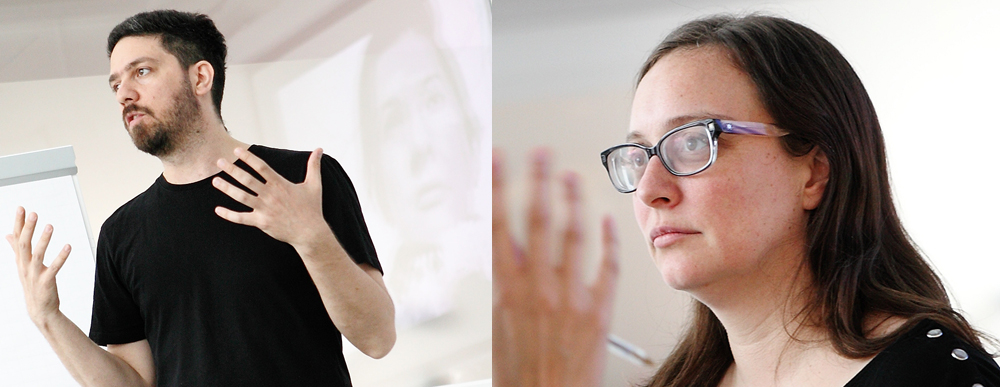Solidarity II – Working within Social Movements but Visible to the World of Art
Other kinds of cultural solidarity base themselves within social movements, but remain visible to the art world. These are the more widely known examples, such as the protests of Art Not Oil or Liberate Tate, through which artists linked to the environmental movements intervene into cultural institutions to demand the severing of the link between art and the oil industry. Actions such as the spreading of oil in the Turbine Hall at the Tate or the presentation of the wing of a giant wind turbine, which, as a gift, by law must be accessioned into the Tate’s collection, make the link between wider social movement aims and the arts.
Others, such as Pussy Riot in Russia, emerge from feminist movement politics but use cultural means to stage protest events.
Others still have emerged in the recent uprisings in the Middle East, including media collectives such as Mosireen in Egypt, who are in conversation with artistic circles but place themselves largely in the service of the Tahrir Square movement, archiving and screening footage to dispel propaganda spread by popular media.
Similarly, mapping and counter-mapping collectives such as “Iconoclasistas” in Argentina, supply specific tools and info-graphics for their movements’ counterparts.
Historical examples of this kind of work can be seen in the histories of Gran Fury, which produced graphics for the movements around HIV/AIDS, or Park Fiction, a community campaign developed to save a park in Hamburg that gained visibility in the art world through its exhibition at Documenta XI.
Solidarity III – working in the context of social movements with no or little visibility in the sphere of cultural production
A perhaps lesser-known area of work engaged is perhaps the greatest degree of solidarity activity, placing cultural labor, tools, and processes directly into social movement with little visibility for the artists involved. The London-based group Southwark Notes, is exemplary of this kind of solidarity, in which artists work alongside residents in campaigns to develop interventions against the gentrification of the Elephant and Castle neighborhood, with little distinction made between artists and other activists.
Janna Graham, Nicolas Vass ( 2014): Intervention / Art. In: p/art/icipate – Kultur aktiv gestalten # 05 , https://www.p-art-icipate.net/intervention-art/



 Artikel drucken
Artikel drucken